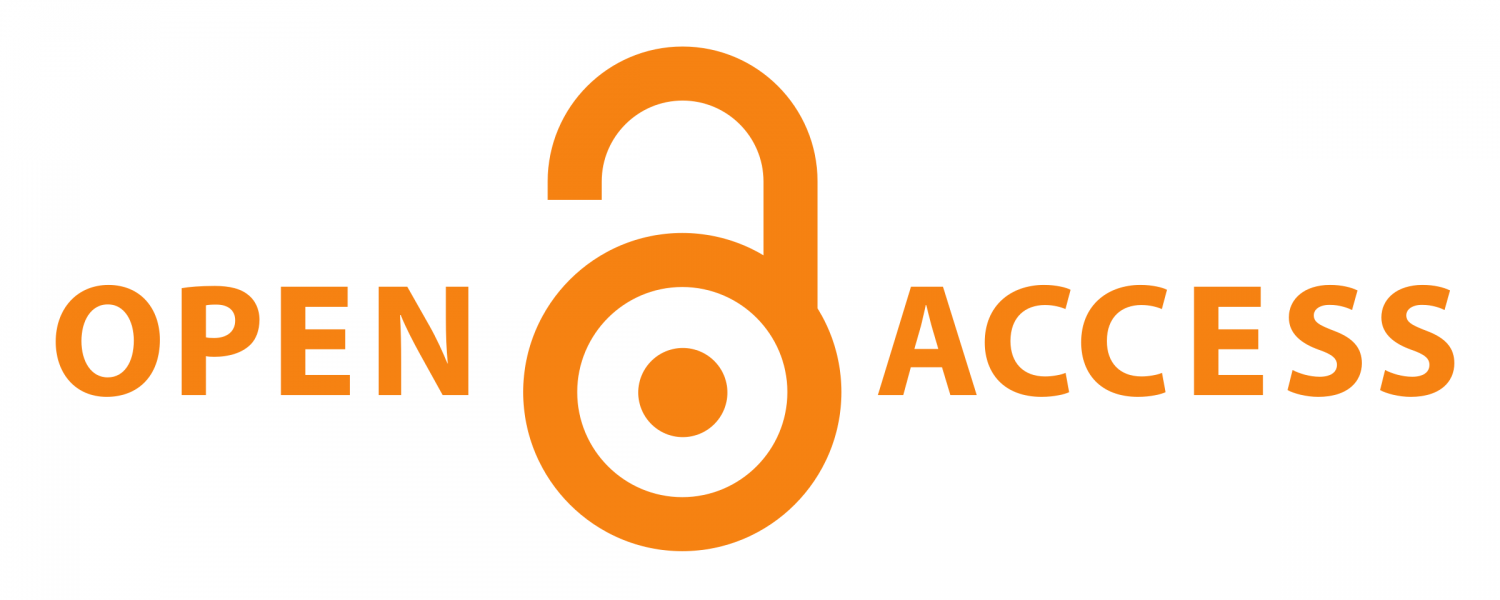Study on International Chinese Language Communication in Indonesia Mainstream Media
印尼主流媒体中的汉语国际传播研究
DOI:
https://doi.org/10.20961/mandarinable.v3i2.1785Keywords:
International Chinese Language Communication, Indonesia Public Opinion, Corpus-Assisted Discourse Research, Mainstream MediaAbstract
This paper investigates the representation of the Chinese language in three prominent Indonesian media outlets Kompas, Metro News, and Kumparan by analyzing reports from the period 2020-2023, with “Bahasa Mandarin” (Chinese language) as the primary keyword. The study employs a corpus-assisted discourse analysis methodology, incorporating the conceptual framework of semantic prosody to examine how the international dissemination of the Chinese language is portrayed in Indonesian media. By conducting a two-tier analysis, this research uncovers how the Chinese language is spreading in Indonesia through media discourse, with a particular focus on sentiment analysis based on statistical text analysis and media report corpora. Furthermore, this research sheds light on the broader dynamics of international Chinese language communication, offering insights into the role of the media in shaping public perceptions of the Chinese language. It also contributes to understanding the Chinese language's evolving position and dissemination strategies within Indonesia’s social and cultural landscape.
References
Adi Cahyono. (2024). Sektor Pertambangan Serap 300 Ribu Tenaga Kerja di 2023, Kementerian Energi dan Sumber Daya Mineral Republik Indonesia Website. Jan. 17, 2024, https://www.esdm.go.id/id/media-center/arsip-berita/sektor-pertambangan-serap-300-ribu-tenaga-kerja-di-2023.
Baker, P,. (2010) Corpus Methods in Linguistics. In Research Methods in Linguistics,edited by Lia Litosseliti, London: Continuum.
Baker, P,. (2006). Using Corpora in Discourse Analysis, London: Continuum.
Juwono, H. (2023). Gelijkgesteld: The Change of Chinese Legal Status Under Indonesian Colonial Structure. MANDARINABLE : Journal of Chinese Studies, 3(1), 62–75. https://doi.org/10.20961/mandarinable.v3i1.1066.
Louw, B,. (2000). Contextual prosodic theory: Bringing semantic prosodies to life’ in C Heffer, H. Sauntson, and G. Fox (eds): Words in Context: A Tribute to John Sinclair on his Retirement, Birmingham: University of Birmingham.
Shi, Y., Zhou, T., Zhao, S., Sun, Z., & Zhu, Z. (2024). The immediate integration of semantic selectional restrictions of Chinese social hierarchical verbs with extralinguistic social hierarchical information in comprehension. Language and Cognition, 1–15. https://doi.org/10.1017/langcog.2024.11.
Sinclair, J. (1966). Beginning the study of lexis. In C. E. Bazell, J. C. Catford, M. A. K. Halliday, & R. H. Robins (Eds.), In memory of J. R. Firth, London: Longman.
Wenjing, C. (2023). A Comprehensive Analysis of Research Motivation in Second Language Learning in The Past Ten Years. MANDARINABLE : Journal of Chinese Studies, 3(1), 18–33. https://doi.org/10.20961/mandarinable.v3i1.1009
Yuning, X., Zehao, F., Xin, Y., Siyuan, X., & Shiqin, T. (2023). Research on the Cultivation of the Digital Economy Ecosystem in China and Indonesia Under the Background of the Belt and Road Initiative. MANDARINABLE : Journal of Chinese Studies, 2(1), 1–15. https://doi.org/10.20961/mandarinable.v2i1.604.
Zhang Lirong. (2022) Studi berbasis korpus: perbandingan kolokasi dan prosodi Semantik sinonim bahasa indonesia “menyebabkan” dan “mengakibatkan”, Mabasan, 16 (1), 153-176. https://doi.org/10.62107/mab.v16i1.517.
工宜.(2004).基于语料库的语义韵研究和双语词典,苏州大学硕士论文。
何美兰.(2019).印尼汉语教学中的当代中国发展影响研究,《河北师范大学学报(教育科学版)》第4期。
何干俊.(2022).新时代推动汉语国际传播能力建设的路径,《中南民族大学学报(人文社会科学版)》第7期。
刘明、常晨光.(2018).语料库辅助话语研究的缘起、特征及应用,《福建师范大学学报(哲学社会科学版)》第1期。
刘旭.(2021).汉语国际传播风险评估体系构建刍议,《云南师范大学学报》第1期。
李启辉、姜兴山.(2015).印尼孔子学院现状与发展探析,《福建师范大学学报(哲学社会科学版)》第3期。
王辉.(2019).语言传播的理论探索,《语言文字应用》第5期。
王帅.(2024).国际传播视角下讲好中国故事的四维进路,《中国出版》第4期。
徐小萍.(2016).反映中国形象的印度尼西亚班顿诗的译介与分析,河北师范大学硕士论文。
张玉、谢雅而.(2012).印尼主流报纸中的中国国家形象—以2011年印尼《罗盘报》和《印尼媒体报》 为例,《新闻与传播研究》第6期。
Downloads
Published
Issue
Section
License
Copyright (c) 2024 Zhang Yu; Irvan Aditya Tela

This work is licensed under a Creative Commons Attribution 4.0 International License.
This is an open-access journal in accordance with the Creative Commons Attribution 4.0 International (CC BY 4.0) license. This permits users to:
Share — copy and redistribute the material in any medium or format
Adapt — remix, transform, and build upon the material
for any purpose, even commercially.
Under the following terms:
Attribution — You must give appropriate credit, provide a link to the license, and indicate if changes were made. You may do so in any reasonable manner, but not in any way that suggests the licensor endorses you or your use.
No additional restrictions — You may not apply legal terms or technological measures that legally restrict others from doing anything the license permits.












